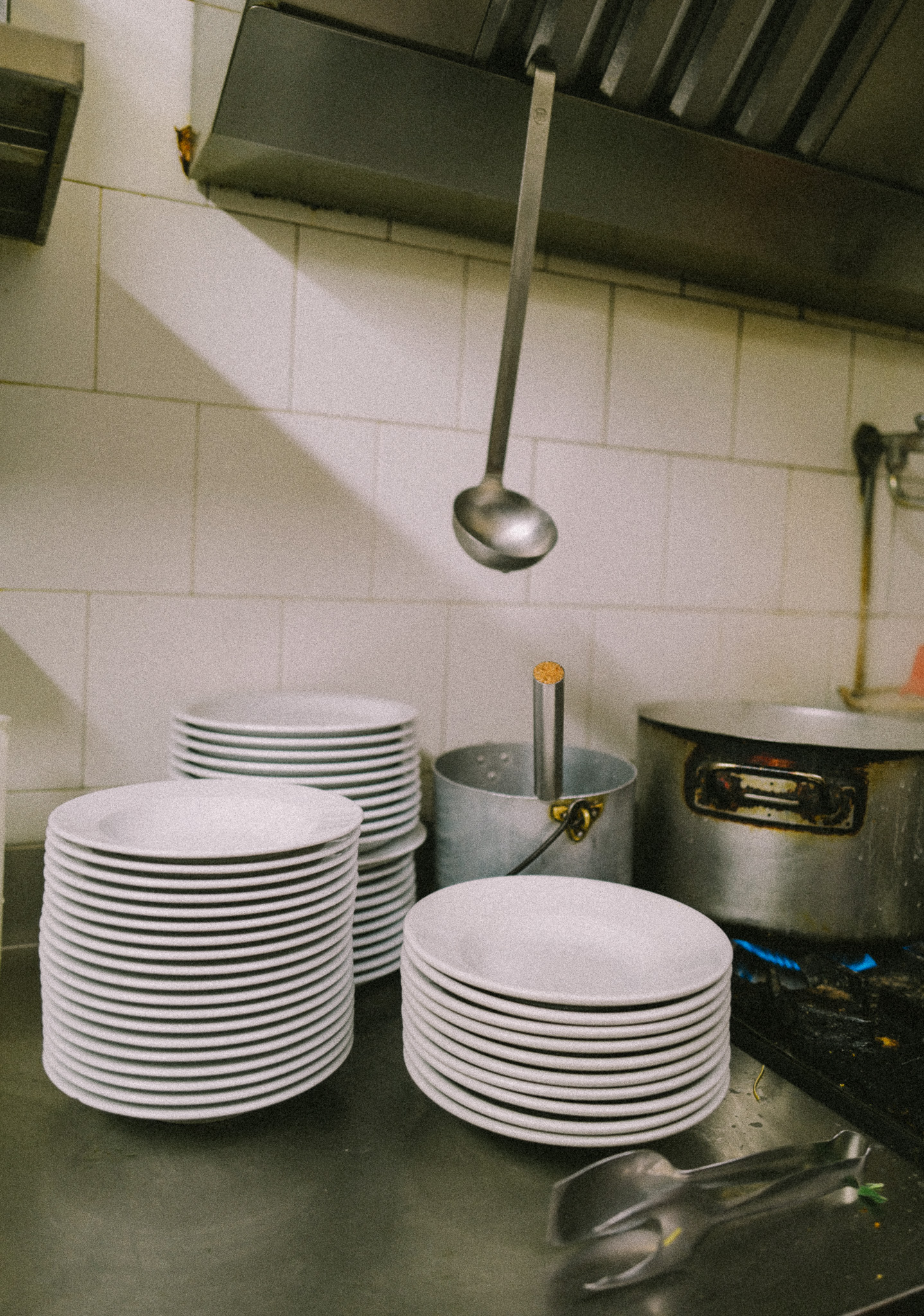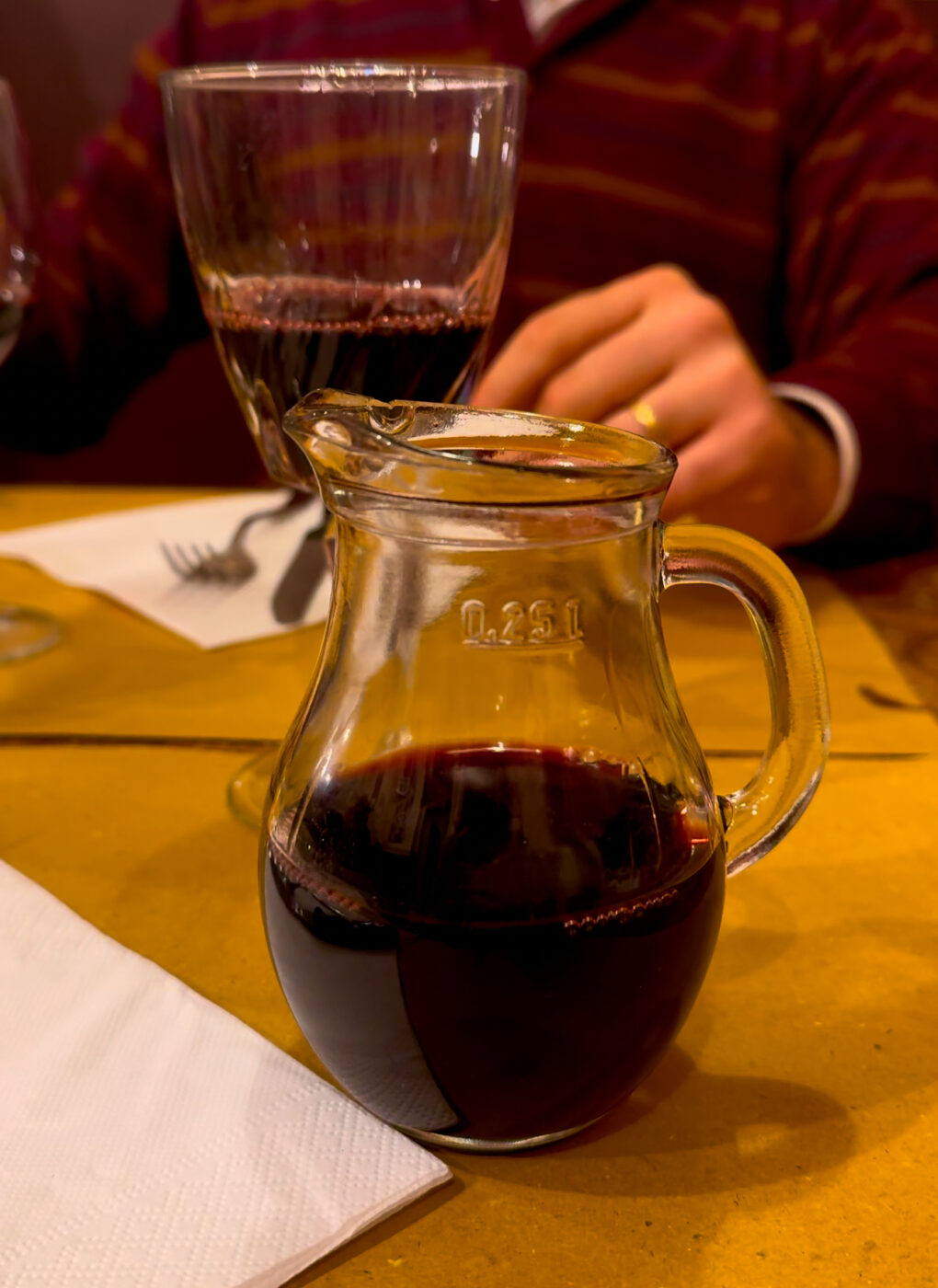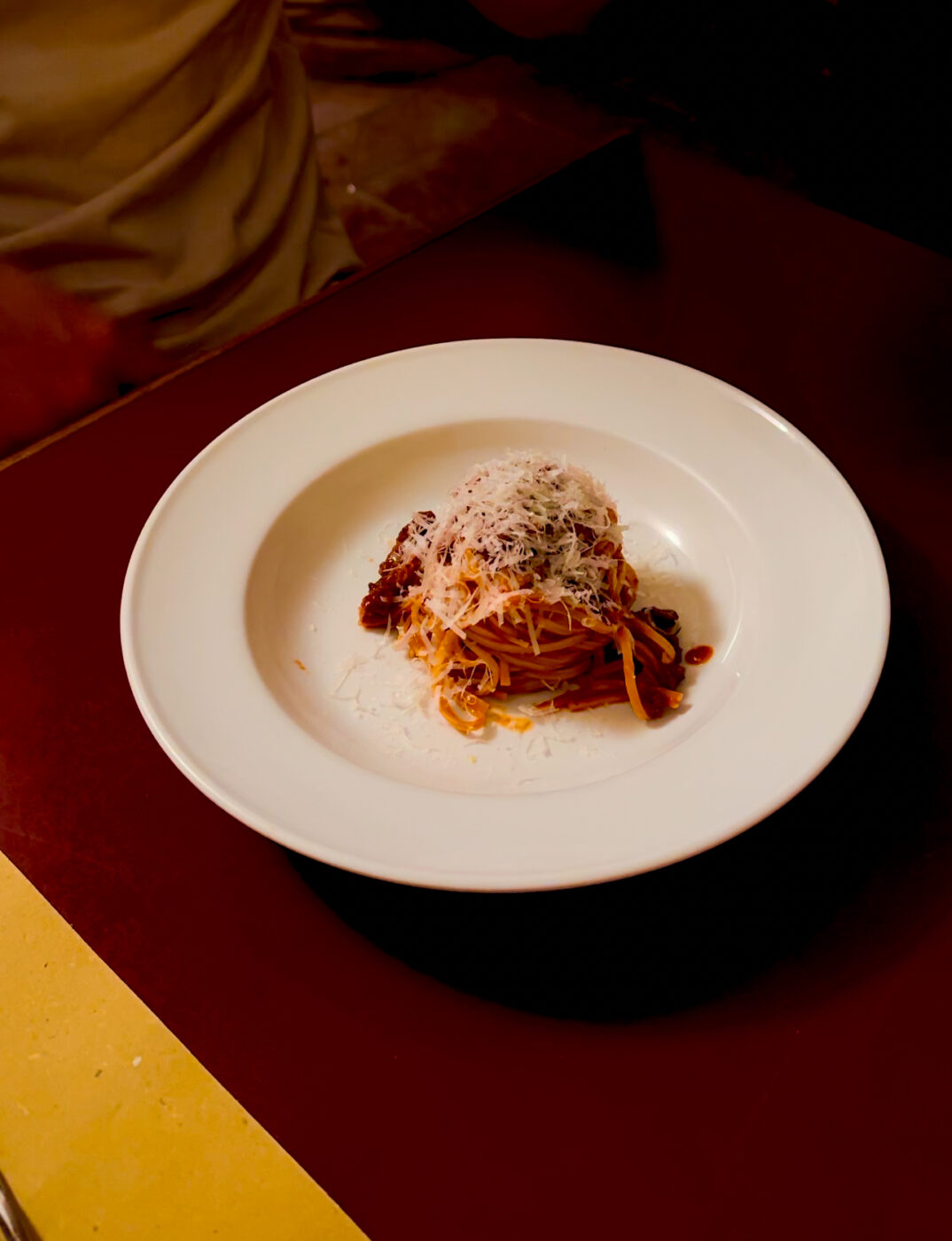The oft-circulated image of Turin and its inhabitants is one of quiet elegance. Visitors are usually directed down the city’s baroque boulevards to its art-nouveau cafés, where they can sip a bicerin and savor the orderly charm that defines, or perhaps caricatures, an enduring vision of the city–one befitting its past as Italy’s capital and former home of the house of Savoy. But there’s another, less polished side to this Alpine city, found in a type of establishment where wine flows more readily than coffee: the piòla.
The Piedmontese version of a trattoria or osteria, combined with a neighborhood bar, the piòla is the cousin of the English pub or the French estaminet. They are unpretentious places where locals gather to drink, eat well, and rarely pay more than €10 a dish. Italy’s first king, and Turin native, Vittorio Emanuele II, was known to frequent the city’s refined establishments like the still-existing Ristorante del Cambio. Yet, in conversation with local journalist Beppe Valperga–author of The Piòla, Elegy of the Piedmontese Osteria–he recounts how the king would often slip away to the city’s piòle, drawn by the promise of good wine and lively company.
Valperga describes the piòla as a space that embodies “the mentality of appreciating the small things in life.” This means not just enjoying the local wines–Barolo, Barbera, and Moscato–but also indulging in no-frills renditions of Piedmontese dishes. Classics like vitello tonnato, acciughe (anchovies), sformati (flans), tomini (a local cheese), and peperoni (peppers) are mainstays, and they’re usually lathered with salsa verde (green sauce, a local topping made from parsley, garlic, capers, olive oil, vinegar, and anchovies). Historically, piòle were community hubs where workers gathered after long days, people played cards and bocce, and everyone shared stories. During WWII, some piòle even served as covert meeting spots for the Italian Resistance. (This is because, in Piedmont’s capital, where the economy once relied heavily on manufacturing, many piòle operated alongside Società operaie di mutuo soccorso, workers’ mutual aid societies.)
Massimo Centini, cultural anthropologist and author of Un Bon Bicer ëd Vin: Once Upon a Time, There Was the Piòla, reflects on the piòla’s community function, observing that today’s piòle are mostly a “vignette” of what they once were. But whether or not they fully capture the gritty, communal piòle of the past, they remain bastions of Turin’s human spirit, and a welcome reminder of the city’s ability to kick back. Here are seven places in Turin where you can channel your inner piolista and get a taste of another side of Turin–as Valperga encourages, “Pioleratians of the world, unite!”
Note: Bookings encouraged, unless otherwise indicated.
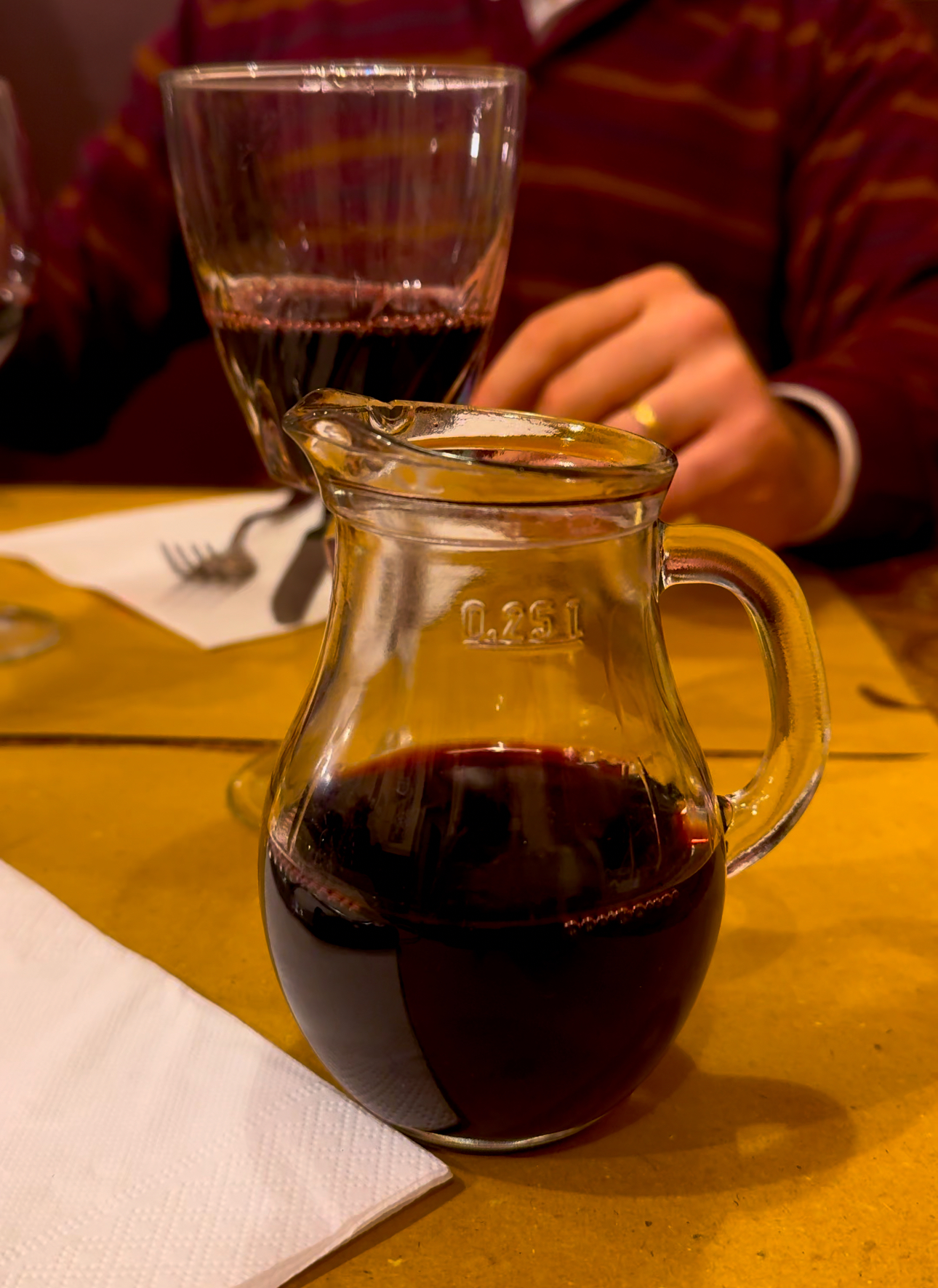
Piola da Cianci – With prices as relaxed as the ambiance, Piola da Cianci serves up a delightful dash of chaos with an ever-changing menu that is consistently delicious. The drawback? The line. You can’t call ahead, but you can book in loco and grab a drink in the square while you wait, or head to the nearby Piazza Filiberto for a drink at Pastis or FreeVolo. Just don’t test the patience of Cianci’s waiters, who artfully assign seats like maestros–you may be told “**** off back to Milan,” to the amusement of those already seated. Remember, this is piòla Turin, not bicerin Turin. Also, make sure to start with the antipasto misto, very worth the €7, which is also the price of a primo.
Piola da Celso – Here, the set menu featuring Piedmontese classics and pasta primi (served straight from the pan) and meat secondi is delivered by the voices of warm Piedmontese signore rather than printed words–just trust them. The prices are mysteriously calculated, but you’ll probably be spending less than €30 from entreè to desert. With its throwback charm, Piola da Celso evokes the atmosphere of a family gathering, where hosts bring out their finest china, cook with unmistakable love, and serve with a sense of humor.
Trattoria Decoratori e Imbianchini – Founded as a mutual aid cooperative back when piòle doubled as community centers, this establishment has endured for generations. In an enchanting garden just up the hill from the Gran Madre church, it’s no surprise it has survived so long. Visit in the summer and you might even catch a game of bocce. Visit in the winter, and be sure to finish your dinner with their pere al vino rosso (red wine poached pears). A primo costs around 10 euros, slightly more than the others featured here.
Caffè Vini Emilio Ranzini – Perhaps the closest you can get to experiencing a piòla as it once was, Caffe Vini Emilio Ranzini serves cheap, delectable local wine and Piedmontese small bites. Try the polpette (meatballs)–perfect for a merenda sinoira, the piòla’s precursor to today’s apericena, rather than a full meal. Most of the small dishes will cost you just a few euros. Here, you’ll find regulars who seem to furnish the place as permanently as the Torino FC and Juventus memorabilia. Just hope the door sign in Piedmontese dialect reads “Suma Overt” (“We’re Open”)! No need to book.
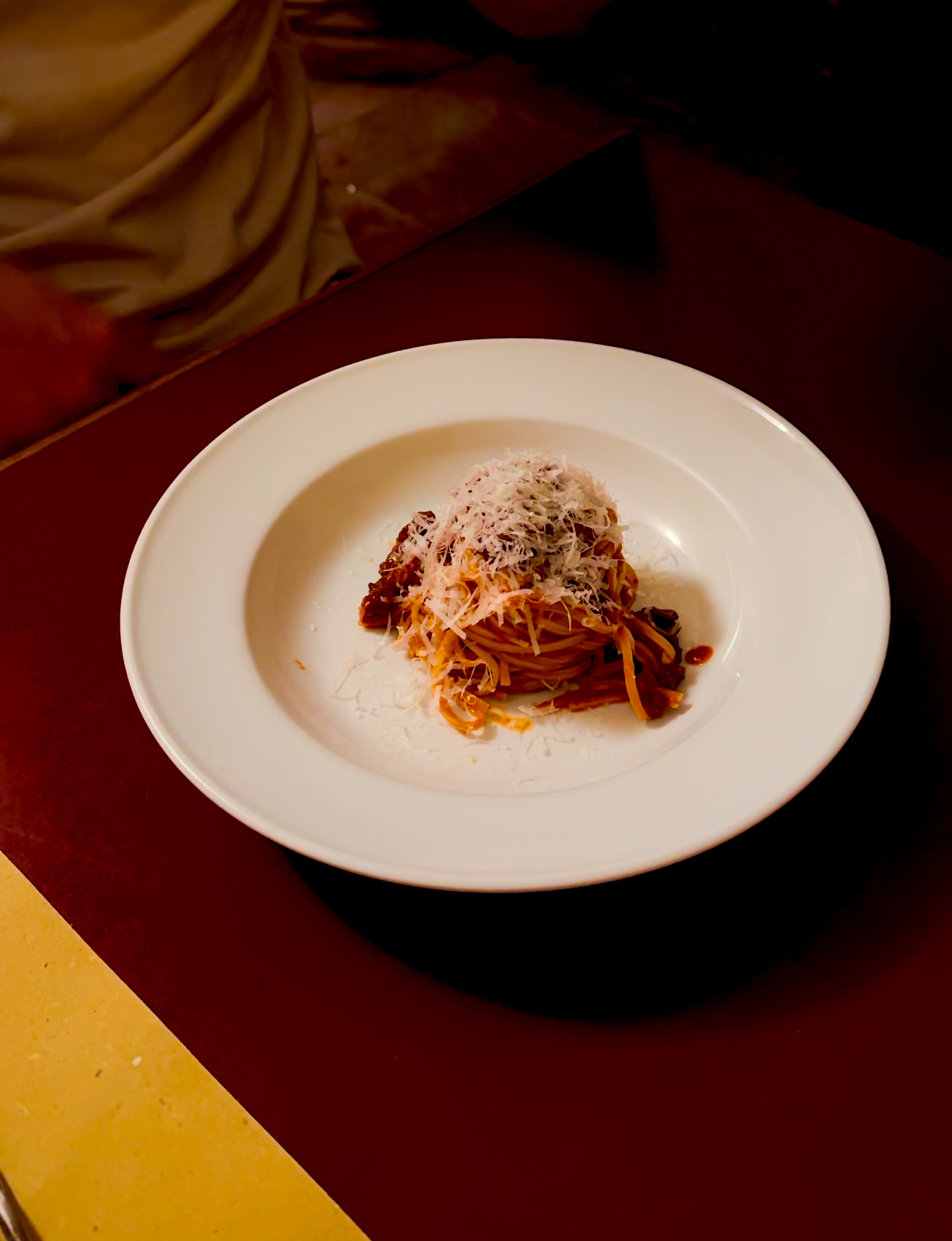
Trattoria Bar Coco – Resist the hip spots of San Salvario and instead head to this family-run piòla, which offers flavorful food and a laid-back atmosphere. The illustrated placemats bring an absurdist charm; definitely follow the speaking horse’s recommendation and order the €9 chicche toma e pistacchi (toma cheese and pistachio gnocchi), a house favorite.
La Taverna del Bergè Piòla Caffè – Turin, sometimes called Italy’s piccola Parigi (little Paris), even has snails on the menu to prove it! And there’s no better place to try them than La Taverna del Bergè. “Bergè” means shepherd in Piedmontese, fittingly so, as the produce is sourced directly from the piòla’s very own farm in the Piedmontese countryside. It’s cramped, and the service is brash, but the food is so flavorful and fresh you won’t leave complaining. Can’t stomach snails? Try the tangy tajarin alla bagna càuda for just €8.
Barbagusto – Elbow to elbow but also heart to heart, Barbagusto’s staff make this narrow Piedmontese-Roman piòla an inviting experience. Their genius addition to the menu? Half portions, a seemingly obvious but surprisingly rare offering that lets you sample more of the menu without overindulging. Try a half portion of their must-have agnolotti bra e barbera for just €6 instead of the full portion for €12, and leave room for one of their daily rotating secondi or a Piedmontese dessert.
